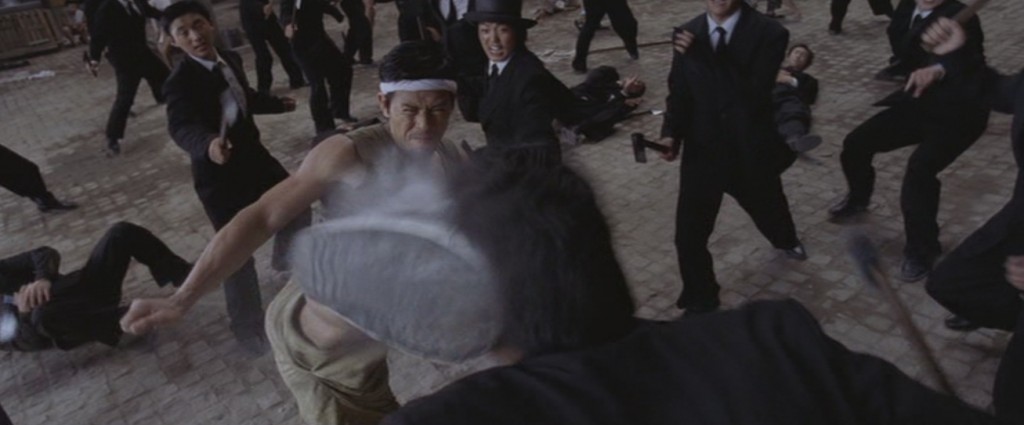The General (Buster Keaton & Clyde Bruckman, 1927)
If you’re going to introduce somebody to silent films – and what a good, true friend that would make you – then there is no better place to start than with the works of Buster Keaton. While Charlie Chaplin was always much more admired in his lifetime, and managed a vastly more successful career after the introduction of sound, Keaton’s work has probably aged better. He’s more cinematic, less sentimental, and simply more fun. Chaplin was considered at the time the pre-eminent comic artist of silent film, but as much as I like his work, to modern audiences I think he is too obviously striving for greatness. Looking back, now that neither has a point to prove – we take it as a given that both were seminal film artists – Keaton’s lack of pretension is more appealing. The General isn’t quite his best work (Sherlock Junior is even better) but it is the best of his films available on DVD in this country.

